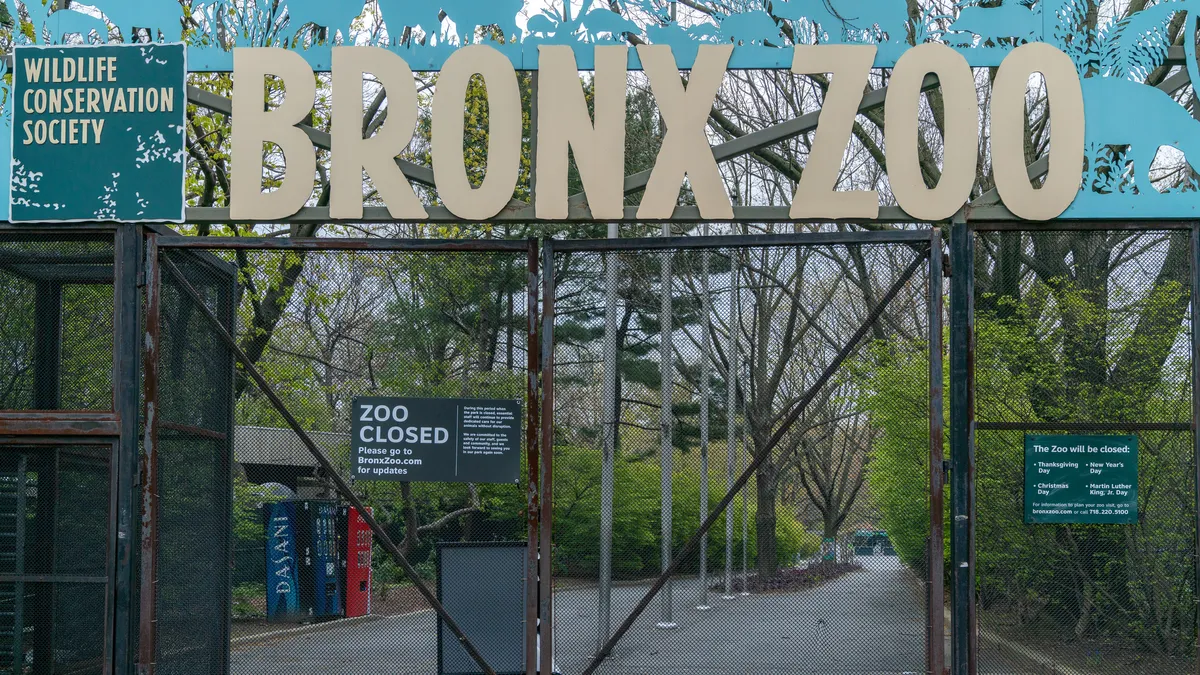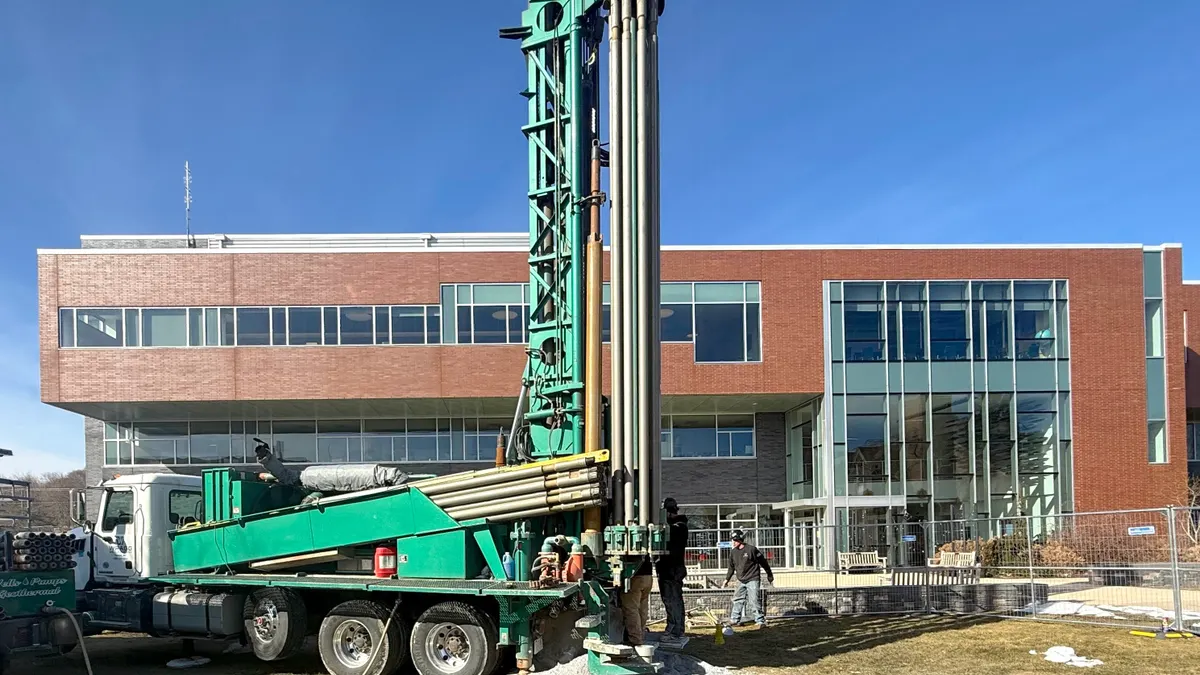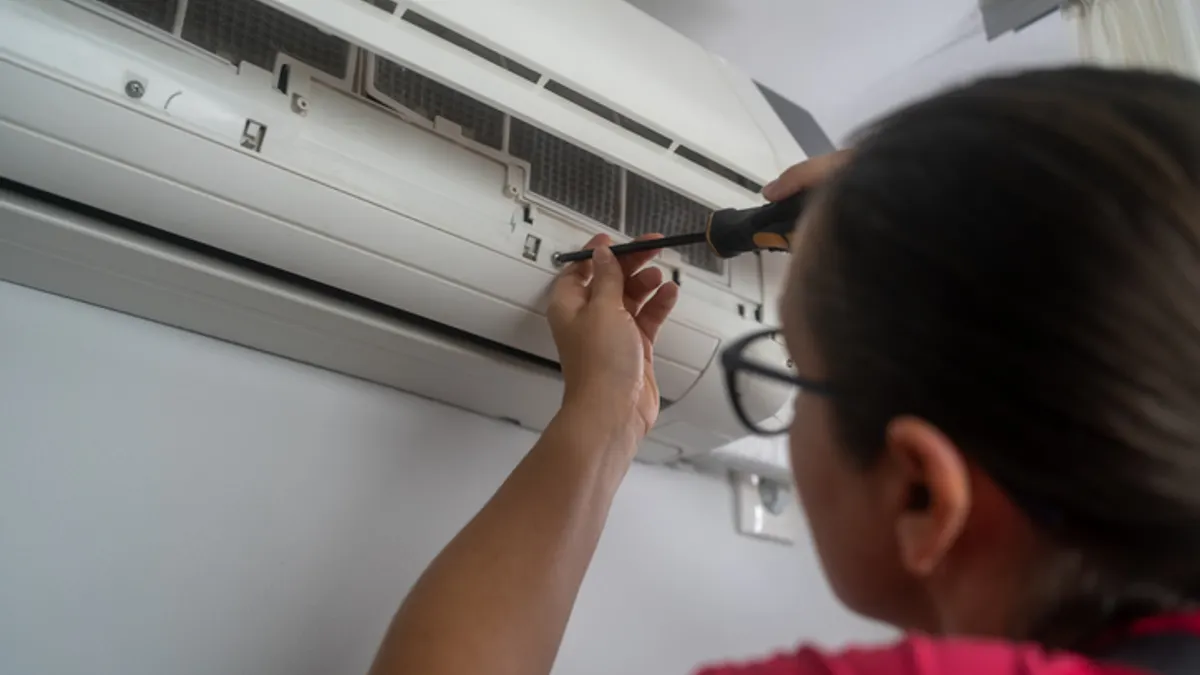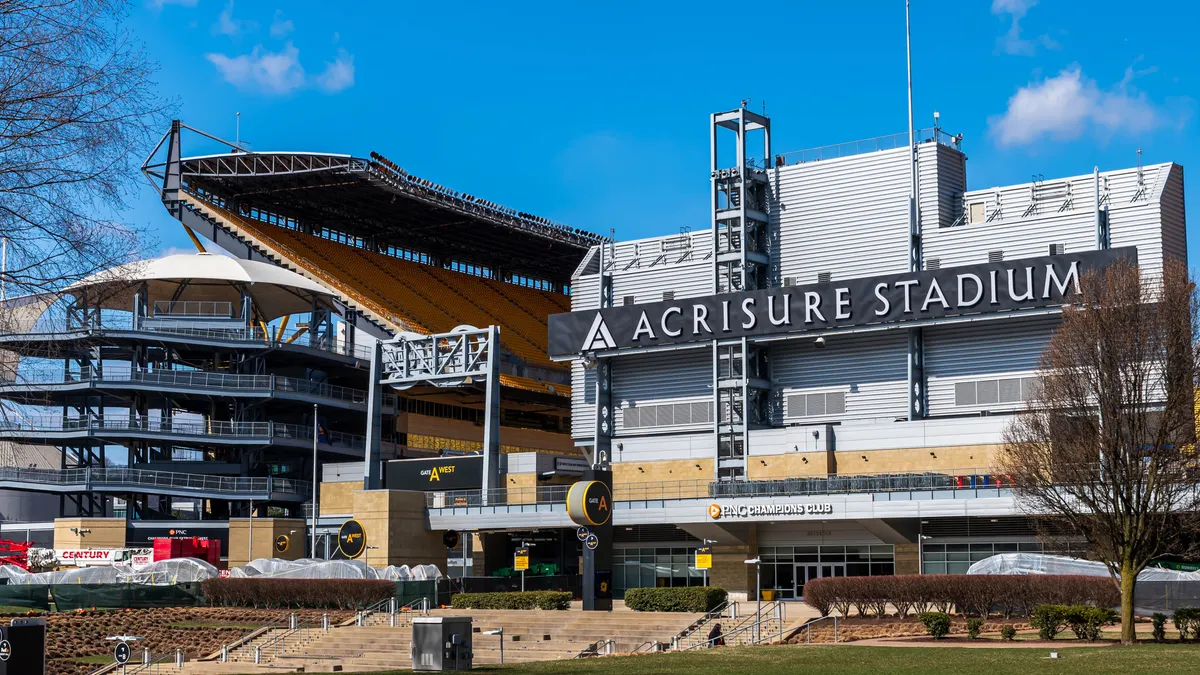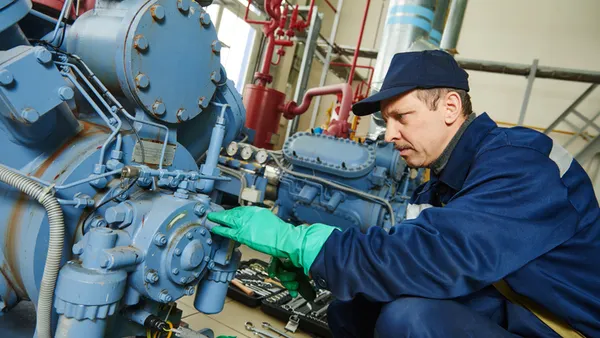The New York City Department of Citywide Administrative Services completed a major upgrade to the Bronx Zoo’s 35-year-old cogeneration plant earlier this year. The gas-fired plant generates electricity for the zoo and routes excess heat through a medium-temperature hot water loop to 13 buildings on the property that spans more than 265 acres. These buildings span the zoo’s JungleWorld, Congo Gorilla Forest, the Carter Giraffe Building, World of Birds, Reptile House, Zoo Center and various additional buildings across the property, according to a March 22 news release.
DCAS partnered on the plant upgrade with the New York Power Authority and the Wildlife Conservation Society which operates the Bronx Zoo and four other wildlife facilities in New York City, including Central Park Zoo, Queens Zoo, Prospect Park Zoo and the New York Aquarium.
The work is part of an ongoing campaign to modernize the zoo’s heating system. In addition to the cogeneration plant upgrades, which included replacement pumps, waste heat recovery units, fluid coolers and controls, the $17 million project added a new energy management system in the plant. The project will also rehabilitate “some of the zoo’s water infrastructure [to ensure] reliable delivery of hot water from the cogeneration system,” DCAS said in a news release. The department expects the water infrastructure rehabilitation, which will add epoxy lining to parts of the hot water loop, to wrap up in early 2025.
The project is expected to trim fuel and maintenance costs by nearly $500,000 annually in city operations while reducing greenhouse gas emissions by 3,100 metric tons and “future-proof[ing] the zoo for decades to come,” DCAS said.
New life for an aging heating system
When it opened in 1989, the Bronx Zoo’s cogeneration facility marked a significant efficiency improvement for the zoo, with Paul Rivet, a principal consultant to the original project, saying it would reduce the electricity and heating costs by between $500,000 and $750,000 annually, or about $1.26 to $1.89 million in 2024 dollars, according to an Energy User News report published at the time.
The plant cost $7 million to build, or about $17.6 million in 2024 dollars.
“The combined heat and power plant provides an energy-efficient method of generating electricity as otherwise-wasted heat is put to productive use,” NYPA spokesperson Alex Chiaravalle told Facilities Dive. The plant’s output is 4 megawatts, Chiaravalle said.
But technology has improved considerably since the late 1980s. The zoo’s new energy management system now allows operations staff to “monitor heat transfer across the waste-heat recovery units in the plant and at the heat exchangers throughout the buildings to maximize energy efficiency,” as well as in the medium-temperature hot water loop itself, Chiaravalle said.
Each building has a “shell and tube heat exchanger” that transfers heat between the medium-temperature hot water loop, or MTW, and a secondary building loop, DCAS Senior Program Manager Ethan Li told Facilities Dive. Each secondary loop provides “space and service water heating” to an individual building, Li explained.
The energy management system collects data from controller devices that monitor the “temperature of [each] building’s hot water return and the MTW’s supply to the heat exchanger,” Li said. If an anomaly appears in the data, the system notifies operations staff, who can then pinpoint and address the problem.
The end goal of the energy management system is “to extract as much heat from the loop as possible before the water returns to the cogeneration plant,” Chiaravalle said. If the water is too hot for the cogeneration plant to handle, it must be cooled as it returns, which wastes energy that could be used elsewhere, Chiaravalle said.
Originally installed because some zoo buildings never had dedicated gas service, the MTW is already an efficient way to transfer heat energy to buildings across the zoo and “greatly reduces operation staff and maintenance costs,” Li said. By maximizing buildings’ hot water use, the energy management system could further decrease buildings’ reliance on their supplemental boilers, which Li said are only needed during “extreme cold in the winter.”

Working around the animals
The Bronx Zoo’s heating system renovation created some operational challenges, notably “noise and seasonal constraints,” Li said.
For example, work in the vicinity of the zoo’s camel barn had to be limited to the warm season because camels “are very sensitive to noise and cold,” Li said.
The good news for project managers was that the work “mostly affected equipment away from animal spaces,” Chiaravalle said. The work was also able to continue through the winter because every building that gets heat from the MTW loop also has a secondary heating system, limiting the risk of heat interruption in loop-connected buildings, Chiaravalle said.
The project did involve some heavy work in the Monkey House and Reptile House buildings, where NYPA crews replaced obsolete sectional cast-iron boilers with “more energy-efficient condensing hot water boilers to reduce the building’s gas consumption,” according to Chiaravalle. But NYPA was able to complete this and other aspects of the project in phases to minimize disruption for zoo residents, Chiaravalle added.
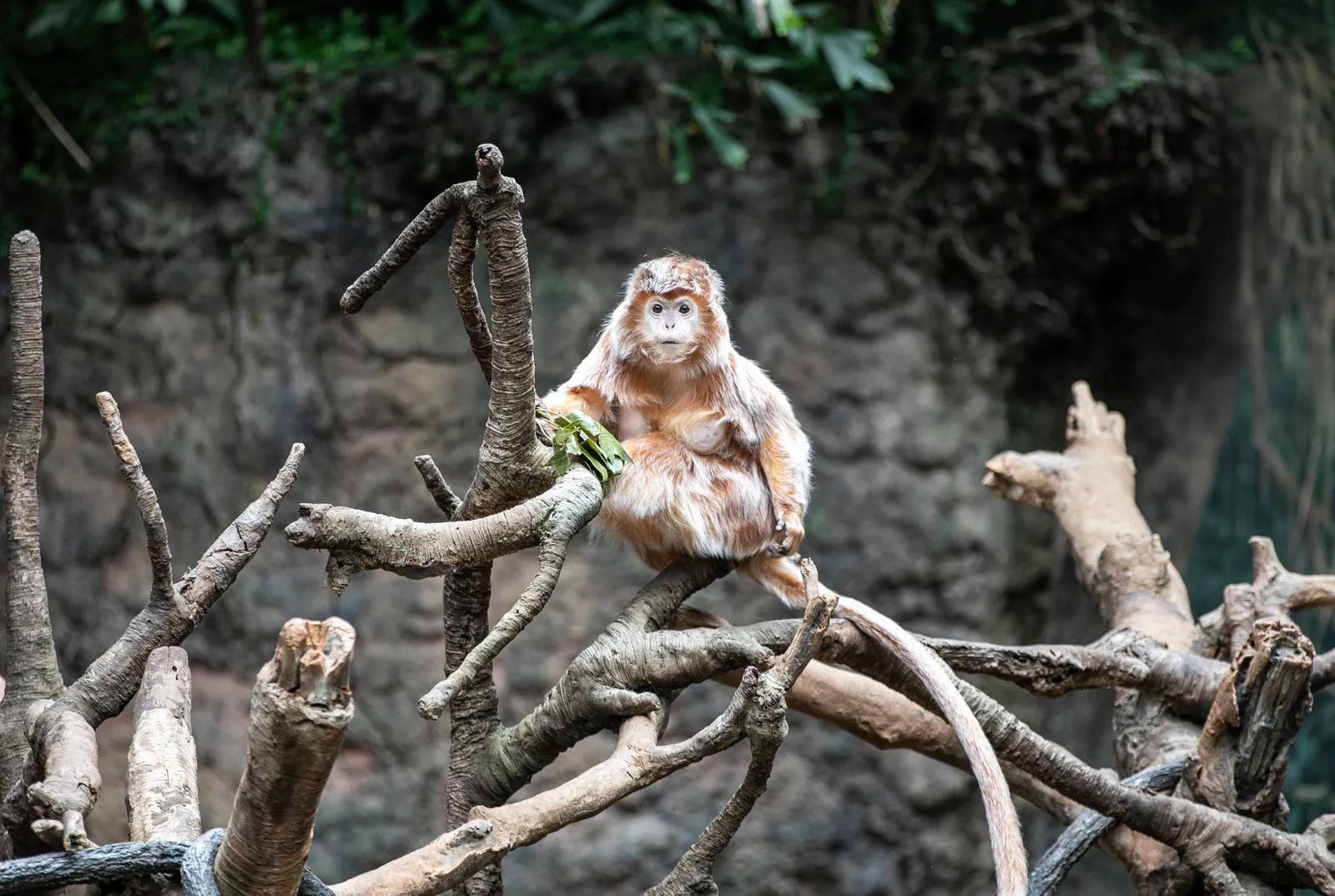
Work to rehabilitate MTW pipes with cured-in-place epoxy lining will continue through the year and into 2025. This part of the project will ensure continued reliable water delivery through the MTW and “eliminate leaks and reduce capital expenditures on future repairs to the pipes,” Chiaravalle said.
Better than the alternatives?
The Bronx Zoo’s energy system renovation comes as New York City’s building emissions law takes effect this year. That directive, known as Local Law 97, aims to sharply curtail the greenhouse gas emissions of about 50,000 larger buildings through new efficiency or electrification initiatives.
Although the renovated cogeneration plant still runs on natural gas, DCAS said the Bronx Zoo project will eliminate planet-warming emissions “approximately equal to the annual electricity use of 4,082 homes” or equivalent to burning about 6.8 million pounds of coal.
Other U.S. zoos, including the Como Zoo in St. Paul, Minnesota, are swapping out fossil-fuel heating infrastructure for electric systems. Como Zoo plans to replace an old steam boiler in its primates building with a groundwater-based geothermal system, which runs on electricity, according to St. Paul’s climate action plan.
Bronx Zoo project planners did consider a range of options for the MTW system rehabilitation, including “replacement in kind, horizontal drilling, [a] ConSplit piping system and [an] epoxy lining system,” Li said. But the zoo’s facilities team and project planners ultimately settled on epoxy lining as “the most suitable and cost-effective option.”
The planners’ options were constrained by the “specific design condition” of the MTW system, which runs at 220 degrees Fahrenheit and 150 pounds per square inch, Li said. In contrast, ground-source and groundwater-based geothermal loops typically run at lower pressures, according to Eden Energy Equipment, a Canadian geothermal system contractor.


